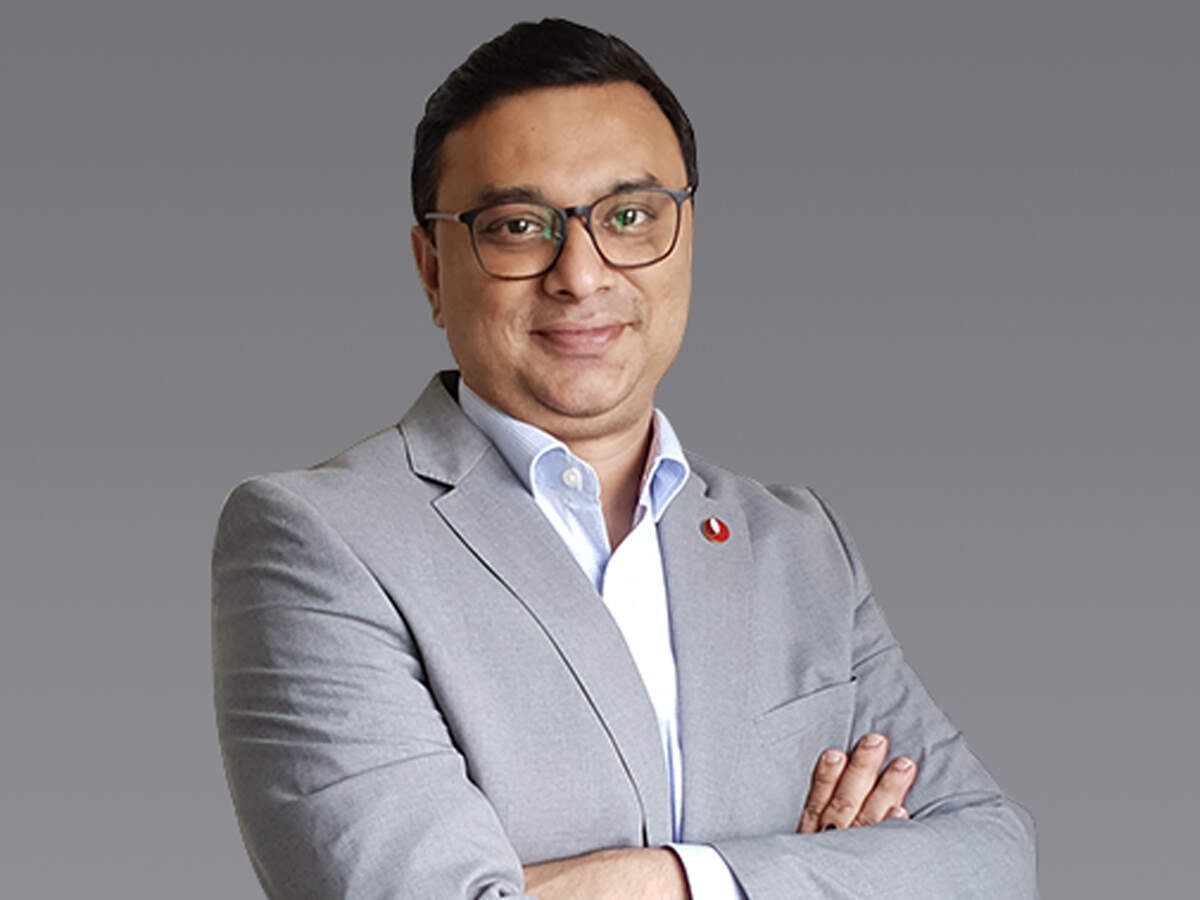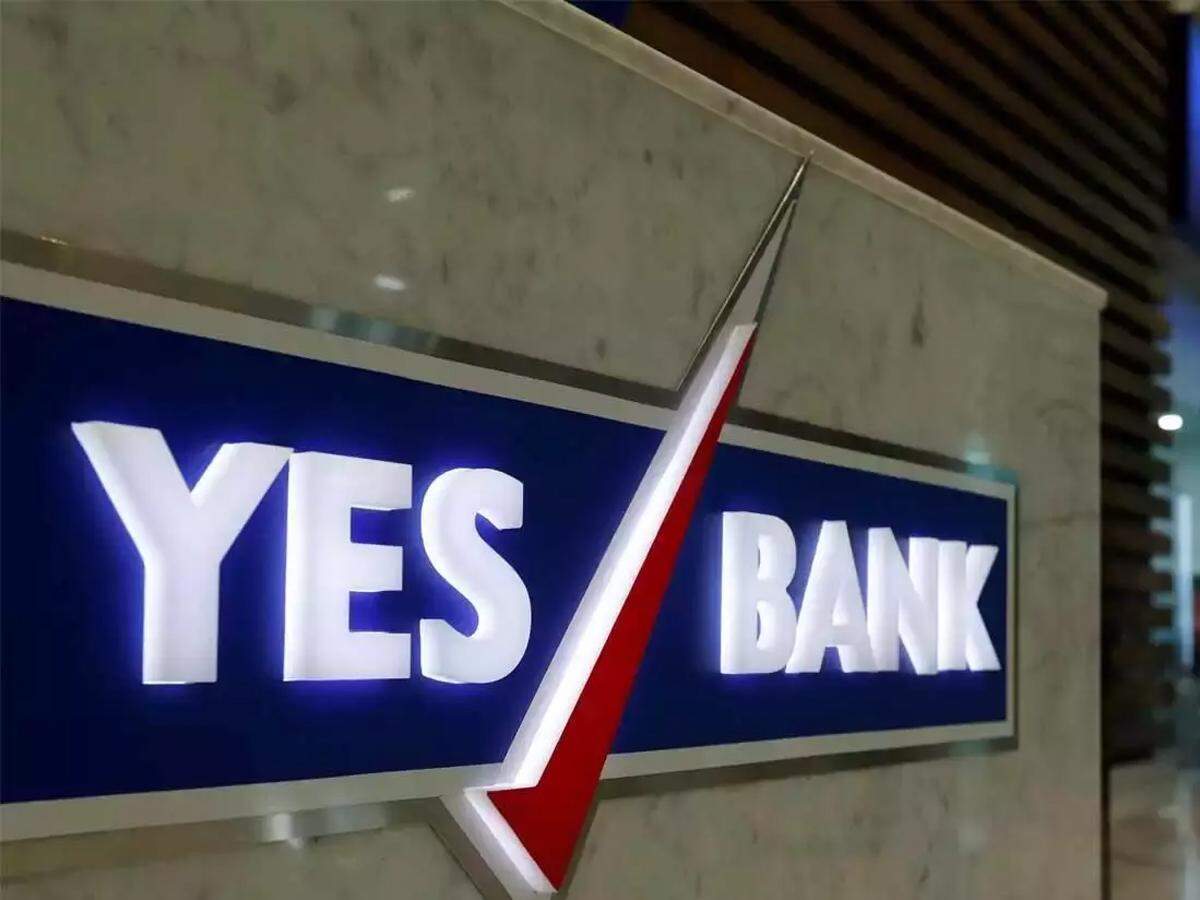SBI announces various special offers for retail customers
[ad_1]
Read More/Less
The country’s largest lender State Bank of India on Monday announced a slew of offers for its retail customers ahead of the festive season.
The bank has announced a 100 per cent waiver on processing fees for its car loan customers across all channels, a release said, adding that customers can get the facility of up to 90 per cent on-road financing for their car loans.
The lender is also offering a special interest concession of 25 basis points (bps) to a customer applying for a car loan through YONO.
YONO (You Only Need One App) is the mobile banking app of the lender.
YONO users can avail car loans at an interest rate starting at 7.5 per cent per annum, the release said.
The bank is offering a reduction of 75 bps in the interest rates for customers availing gold loans. They can avail gold loans from across all channels of the bank at 7.5 per cent per annum.
Moreover, it has waived off the processing fee for all the customers applying for gold loans via YONO, the release said.
For personal and pension loan customers, the lender has announced a 100 per cent waiver in processing fees across all channels.
For Covid warriors i.e, frontline healthcare workers applying for personal loans, a special interest concession of 50 bps has been announced. This offer will soon be available for application under car and gold loans as well, it said.
The lender said it is introducing a ‘Platinum Term Deposits’ offer for its retail depositors, to mark 75 years of independence. Under the offer, customers can get additional interest benefits of up to 15 bps on term deposits for 75 days, 75 weeks, and 75 months tenors starting August 15, 2021 to September 14, 2021.
“We believe that these offerings will help customers to save more on their loans and at the same time add value to their festive celebrations,” the bank’s managing director CS Setty said in the release.
Last month, the bank had announced a 100 per cent waiver on processing fees on home loans till August 31, 2021. Its home loan interest rate starts at 6.70 per cent.
[ad_2]


